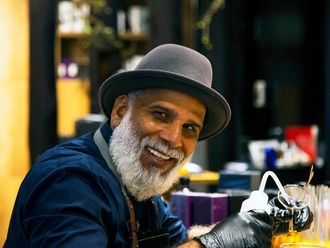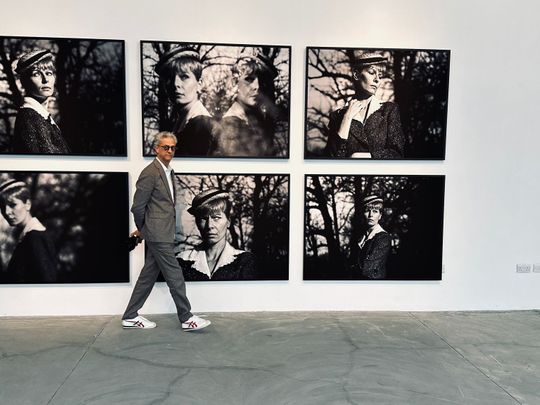
At the Al Safa Art and Design Library in Jumeirah, I am looking at the compelling black and white image of a woman in an antiquated kitchen. An apron fastened over her printed dress, she is holding the lid of a pot in one hand, while her other hand is cupped around the side of her mouth clearly screaming aloud. Streaks of frustration and anger are etched on her beautiful face.
On an adjacent wall, is a portrait of the same woman, international Russian model, Ludmilla Voronkina Bozzetti, here transformed into a matriarch, her hair swept back in a beehive bun, fierce eyes burning with emotions.
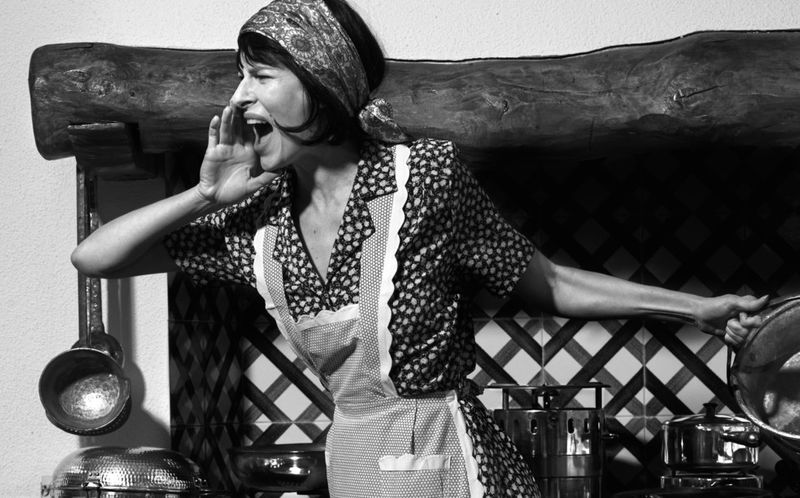
Thirty-odd striking black and white images of Ludmilla are in the gallery, as part of the Timeless exhibition (on till November 25, 2022).
As I walk around admiring her portraits, in walks Max Vadukul, the man behind these powerful photographs.
Revered for his art reportage photography, the British photographer of Indian descent has to his credit a long-standing career with some of the world’s best-known publications including The New Yorker, French Vogue, Italian Vogue, W magazine and Rolling Stone. His portfolio boasts some of the top celebs from across the world– think Mick Jagger, Amy Winehouse, Mother Teresa, Brad Pitt and Bruce Springsteen.
Tall, slender, casually dressed, sporting a pair of horn-rimmed glass, Max, 61, is affable as he gives me a tour of the exhibition. ‘You are looking at the evolution of a woman with an interesting past. There are no commercial credits in this series, no labels, I haven’t touched her pics; these are her lines, her spots, her expression everything is as authentic as it is,’ says Max.
The seeds of the Timeless exhibition (that also runs parallelly at the Oblong Contemporary Art Gallery, Bluewaters, Dubai) were sown in mid-2021, when Max, who is based in Milan, was working on The Zero Collection of Roberto Cavalli. One of the models on that assignment was Ludmilla. ‘She was different. I felt she had a story, real strength and a touch of steel. I have transformed her eight times to give her versatile looks in this series,’ he says.
As Max spoke to Ludmilla, he was fascinated by her past and felt a strong connection with her. From Sochi, Russia, Ludmilla had, he tells me, started working when she was as young as 13. Her Soviet era experiences and the life she spent with her grandparents in their rural village had shaped her immensely. In these portraits Max captured the evolving role of a woman in society. Ludmilla poses in one frame as a child holding a bunch of tulips, in another as a self-assured career woman, then a vulnerable housewife and a strong mother. The one, where she is screaming in the kitchen, Max admits, is a typical Vadukul image. And what is that I ask? ‘Loaded with emotions, dramatic, what I would call, elegant violence,’ reveals Max.
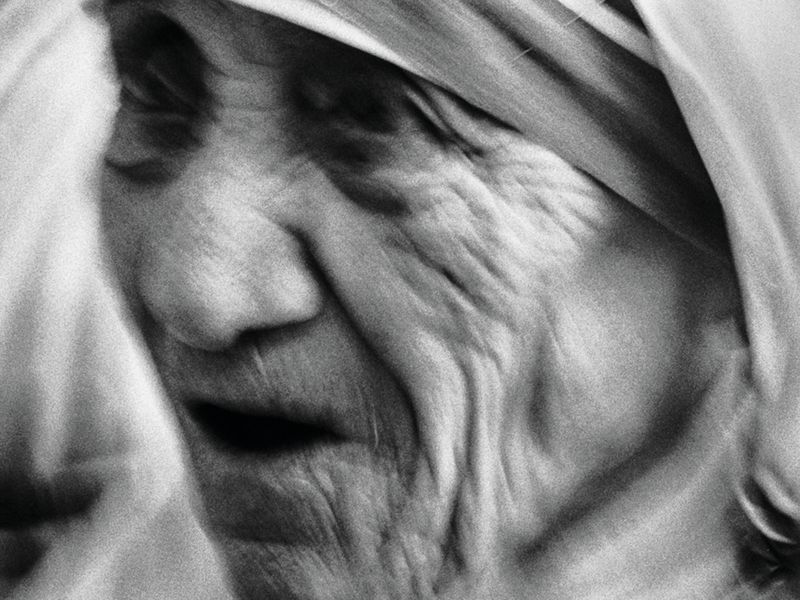
Timeless, Max’s first exhibition in the Middle East sports his signature black and white imagery style. In his bio, he describes it as taking reality and turning it into art. His distinctive images, he says, bring high-octane energy and spontaneity to the traditional commercial form of fashion photography.
In the 90s, Max was the staff photographer for The New Yorker, and was the first Indian photographer to shoot covers for the French and the American Vogue. English musician Sting has described his photography as ‘On the move style’. The National Geographic channel produced a feature documentary on Max in 2000 on the improbable arc of his life after Africa.
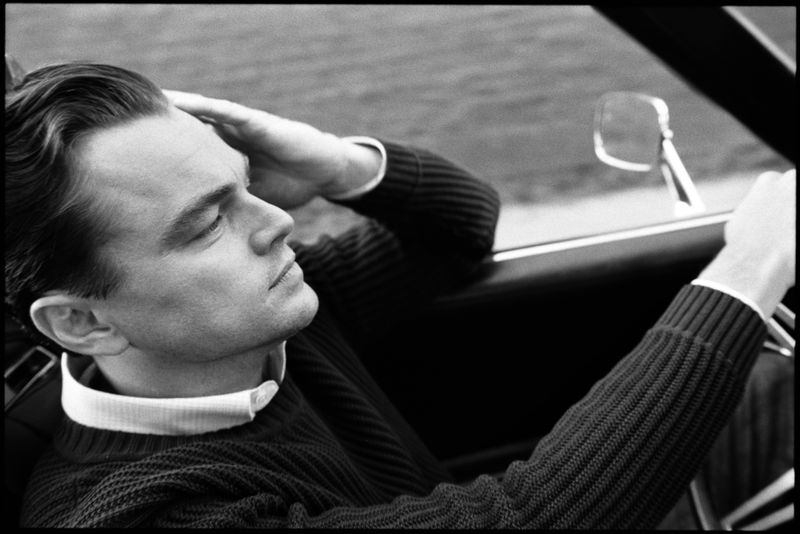
‘These past few months have been significant. In September, I launched The Witness - an exhibition on climate change in Milan about the malevolence mankind has brought on the planet. Now I am here in Dubai, for my first show in the UAE. This month, I have also collaborated with Yohji Yamamoto for his capsule collection marking the 50th anniversary of his brand Y’s,’ says Max.
The climate exhibition that runs at Fondazione Sozzani in Milan till January next year features 20 large-format images by Max devoted to the environment. He shot these pictures in some of the most polluted cities of the world. A shiny metallic orb appears as a silent witness hanging over piles of garbage and in the middle of cramped traffic intersections in this series.
Max has had a long-standing association with Japanese designer Yohji Yamamoto. At the age of 23 he was discovered by Yohji when he was assigned to do one of his prestigious ad campaigns, in 1984. Since then, they have collaborated several times. ‘It’s a huge honour for me to have my photographs printed on the clothes designed by Yohji, one of the most prestigious designers in the world today,’ he shares. The capsule collection revisits some of the best fashion moments, from Max’s work with the Japanese designer since 1980s.
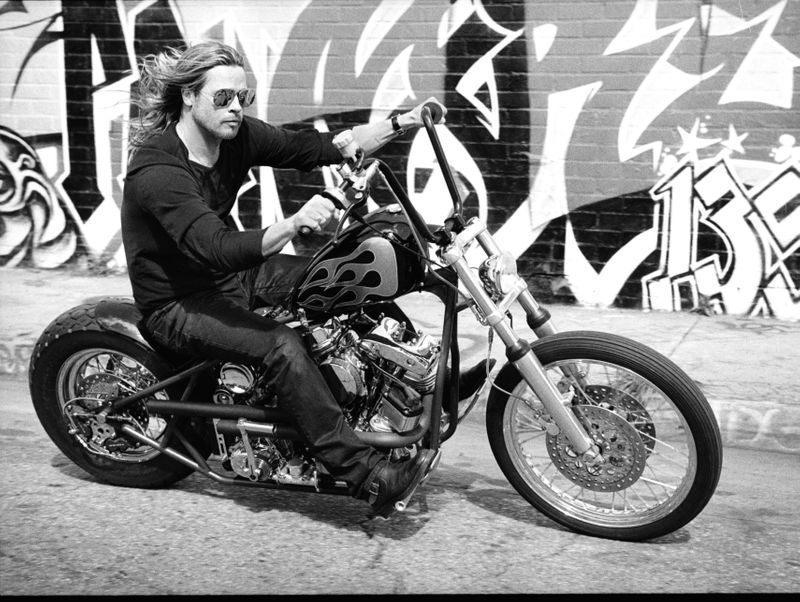
At a time when the world is watching Rishi Sunak, a British Prime Minister of Indian descent, what does this augur for Max, I ask? ‘My Indianness is not something I brag about. But it’s being appreciated now more than ever before,’ he tells. ‘I was never denied an opportunity because of my origin. I would put that down to competence.’
That sums Max’s journey well. For, looking into his past, there is no other explanation for his rise to the top but his talent.
Born in 1961, in Nairobi, Kenya, to Gujarati parents, as Mradukant Shantilal Vadukul, his family was forced to relocate to the UK, when he was nine, due to political strife. While his mother found work in a crayon factory, his father was a camera salesman. ‘Max was a name, given to me by the school kids. If you were a refugee who came from Kenya to England at the age of nine, which kid is going to call you Mradukant. And that’s how I became Max,’ he smiles.
The first few years for the Vadukul family in the UK were full of struggles. ‘All five of us lived in a small room, my parents and my siblings,’ he recalls. To accompany his mom to find work at factories, young Max, had to skip school often. Eventually, by the age of 16, he quit school, and, as he says, ‘entered the school of life.’
Early on he had found a passion for photography and now he was free to explore and hone it. Over the years, his distinct movement filled images found him a place in some of the most well-known fashion and editorial establishments.
Looking back, one of his most cherished editorial shoots happened in 1997, he says, when he was assigned by The New Yorker to click the Indian fiction issue featuring new Indian writers - Arundhati Roy, Kiran Desai, Amit Chaudhari, Amitav Ghosh and Vikram Chandra, among others. That assignment became a career highlight for Max as he also got the opportunity to click Mother Teresa, describing it is as one of his most memorable photo projects. ‘We had an official letter from The New Yorker to photograph Mother Teresa, but she turned out to be so shy and reluctant that we had to wait outside her offices in New Delhi for two days. Luckily for us Mother Teresa agreed to give us ten minutes.’
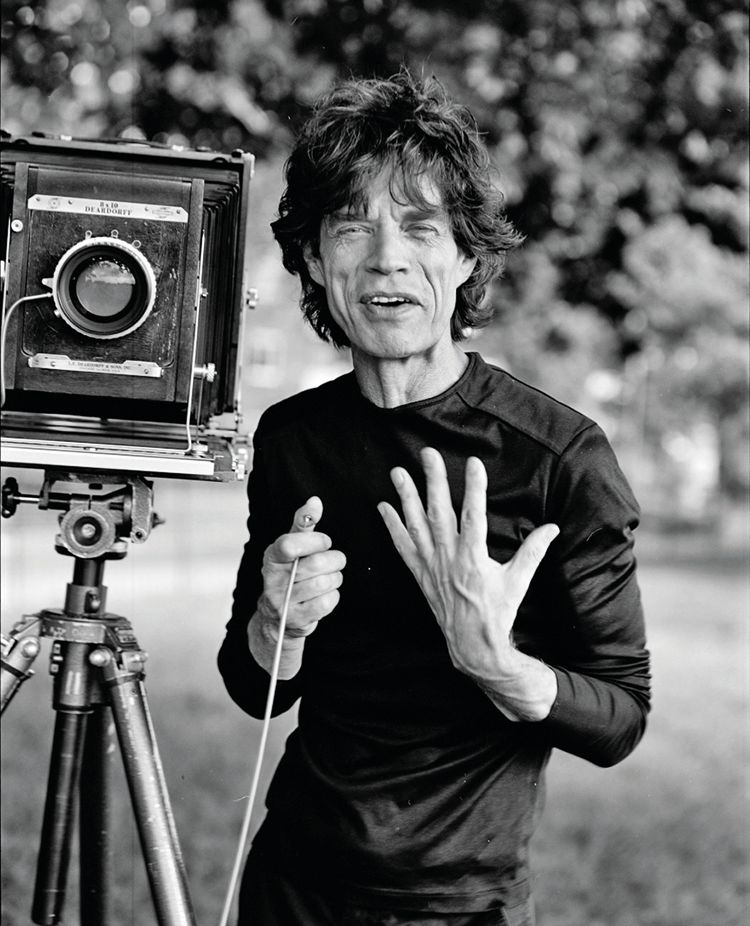
While waiting to do the shoot, he remember getting ‘a real taste of India. A monkey snatched a bag full of cash from the editor. I was laughing like crazy, but the English editor was freaking out,’ recalls Max.
Photographing Mother Teresa was clearly one of his most cherished assignments. He got down to doing his business quickly, making the most of their time. ‘I got the greatest picture of a person I have ever shot -- that one shot was victory for me. I had gone to click her, clouded with criticism, but came back with a completely new [perspective of her]. I found she was a giver, not a taker.’
Yet another shoot that Max found intriguing, was with the musician Rod Stewart in Brooklyn, yet again for The New Yorker. ‘When Rod came in, he did not want to meet anyone. He did not want to see his wardrobe. He just wanted to do the shoot,’ tells Max, who just fired three frames and called it a wrap. ‘Rod got into his limousine, then stopped and came back and said, ‘Hang on! Can we start again?’ and then, I couldn’t get rid of him for the next three hours.’
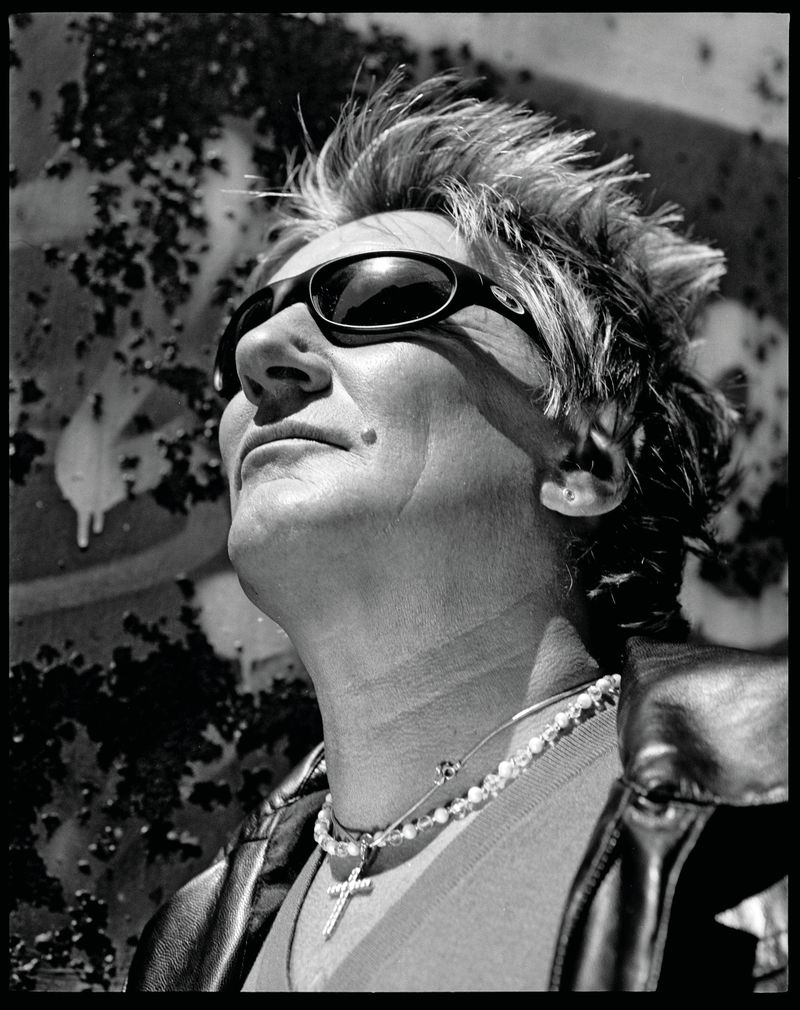
An album cover with the legendary singer Aretha Franklin too was a great learning experience, explains Max. ‘She had an Egyptian theme and sat on a throne for the shoot. She would just sit there, turn her head, and say ‘Take it’, so I asked Aretha, ‘Do you mean, we are supposed to click you only when you say? She said ‘Exactly!’. I told my assistant to do just that, and I started moving all around, taking shots of her stepping up and down from the throne and got a great picture from a very difficult situation.’
Visual imagery is trending today, we discuss. Everyone’s out there to get a good shot with the maximum likes for the gram. What would Max’s advice be to young photographers?
‘Post your pictures if you want to. Don’t do it for the likes and comments. If you are looking for praise all the time, then you are a prisoner of that praise,’ he warns.






